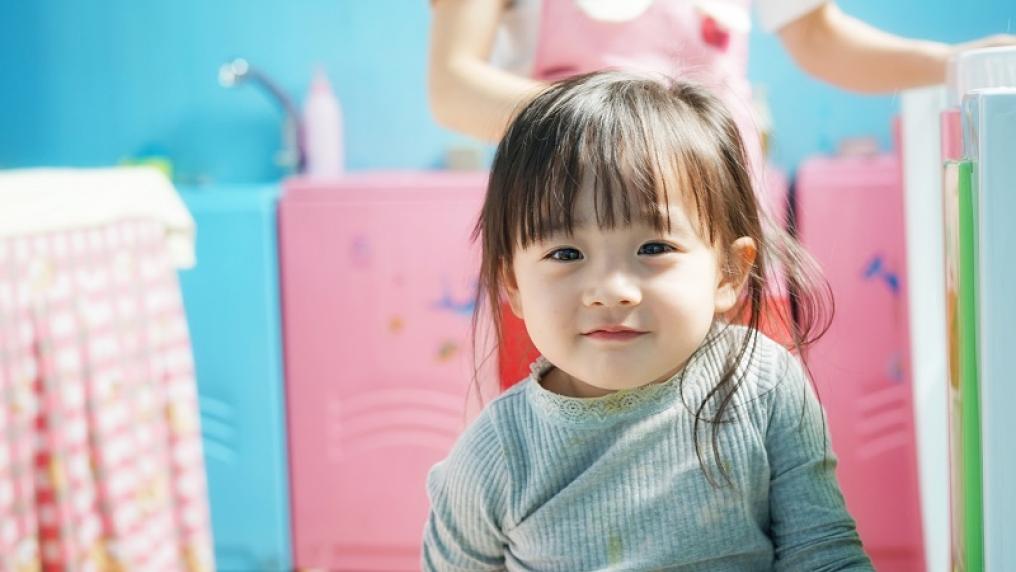COVID-19 & early childhood education & care

This report, COVID-19 and early childhood education and care, looks at:
- the health risks posed to young children from COVID
- the risk of children transmitting the virus
- the strategies early learning centres need to implement to reduce the risk of transmission.
The rates of illness, hospitalisations and death for COVID-19 are lower for children than for older age groups, although children can still catch and transmit the virus. There is emerging evidence that younger children are about 40% more likely to transmit COVID-19 than older children.
As rates of vaccinations increase among adults, the proportion of COVID-19 cases involving children is likely to rise. While children 0 to 4 years old make up about 6% of Australia’s population, they will make up 19% of the unvaccinated population when Australia reaches its current vaccination targets. If the Australian government approves extending COVID-19 vaccination eligibility to 5 to 11 year olds and vaccination rates are high, children 0 to 4 years old will make up about 39% of the unvaccinated population.
Over 1.3 million children use early childhood education and care services every year. These services will become the location where the largest group of unvaccinated people will mix on a regular basis.
The funding model for services eligible for the Child Care Subsidy (CCS) mean that closures or measures that reduce attendance threaten the financial viability of providers.
Early childhood education and care services need special support to implement measures that assist in reducing the spread of COVID-19. These measures include cohorting (children attend in consistent groups) and ventilation to improve air quality.



